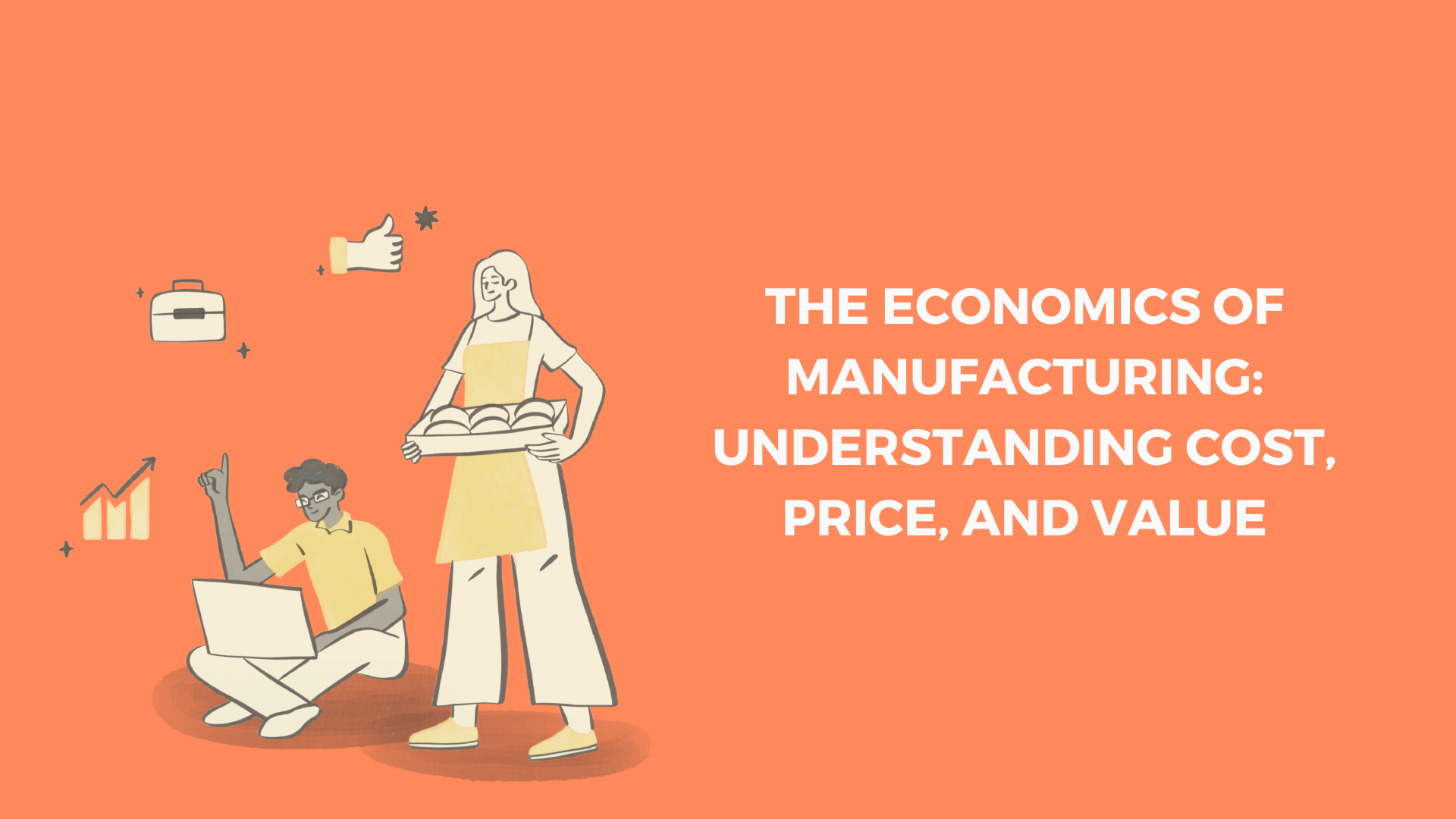Manufacturing lies at the core of economic development, acting as the backbone of industries worldwide. However, behind the assembly lines and production floors lies a complex economic landscape that determines the success or failure of manufacturing endeavors. In this deep dive, we unravel the intricate web of manufacturing economics, exploring cost reduction strategies, pricing models, and the essence of value creation.
Understanding Manufacturing Economics:
Manufacturing economics encompasses a broad spectrum of factors, ranging from raw material costs and labor expenses to overheads, technology investments, and market dynamics. At its essence, successful manufacturing hinges on achieving a delicate balance between cost efficiency and value generation.
Cost Reduction Strategies:
Cost reduction stands as a perpetual pursuit in the manufacturing realm. Adopting lean manufacturing principles, companies strive to eliminate waste, optimize processes, and enhance productivity. This may involve streamlining supply chains, embracing automation, and investing in advanced technologies like Internet of Things (IoT) and Artificial Intelligence (AI).
Furthermore, implementing Just-in-Time (JIT) inventory management systems minimizes inventory holding costs and reduces the risk of overstocking or stockouts. Collaborative partnerships with suppliers can also yield cost-saving opportunities through bulk purchasing, shared resources, and mutual process improvements.
Pricing Models:
Effective pricing strategies are paramount for manufacturing firms to remain competitive while safeguarding profitability. Traditional cost-plus pricing, where a markup is applied to production costs, provides a straightforward approach. However, it often overlooks market dynamics and customer perceptions of value.
Value-based pricing, on the other hand, aligns pricing with the perceived value of the product or service to the customer. This approach involves understanding customer needs, assessing competitive offerings, and pricing accordingly to capture the value delivered. Dynamic pricing strategies, leveraging real-time data and market insights, enable manufacturers to adapt pricing dynamically based on demand fluctuations, seasonality, and other variables.
Value Creation:
In a fiercely competitive landscape, value creation emerges as the ultimate differentiator for manufacturing firms. Beyond producing goods, companies must focus on delivering holistic value propositions that resonate with customers. This entails not only meeting quality standards and fulfilling specifications but also providing exceptional service, customization options, and post-sales support.
Investing in innovation and product development drives long-term value creation, enabling manufacturers to stay ahead of the curve and cater to evolving customer needs. By leveraging technology advancements and market insights, companies can introduce novel products, enhance existing offerings, and carve out niches in saturated markets.
Conclusion:
The economics of manufacturing is a multifaceted realm, shaped by a myriad of factors including cost dynamics, pricing strategies, and value propositions. By embracing cost reduction strategies, adopting innovative pricing models, and focusing on value creation, manufacturing firms can navigate the complexities of the industry and thrive in an ever-evolving landscape. As we delve deeper into the intricacies of manufacturing economics, it becomes evident that success hinges not only on production efficiency but also on the ability to deliver compelling value to customers.









